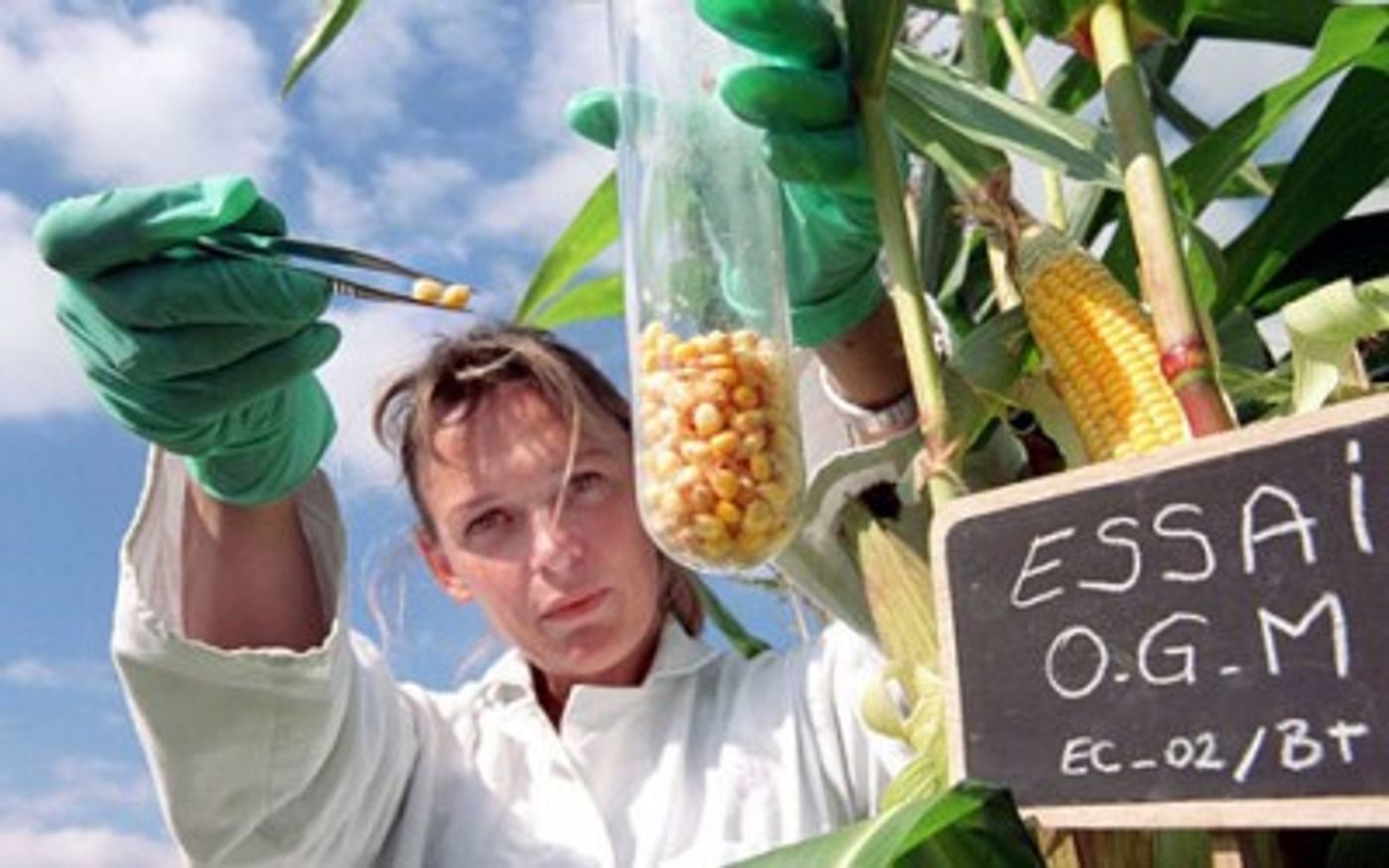Is GMO Corn Really the Same as Non-GMO?
Genetically modified foods tend to be a contentious topic as there is strong support for both sides. Issues surround current testing and safety standards for GMO foods, and whether the regulations currently in place are stringent enough to protect the public from hidden ill effects.
Genetic engineering has created crops that can adapt to otherwise stressful conditions such as abiotic stress and pathogen invasion, and to enhance favored traits including longer shelf life or greater nutritional properties. In addition to these characteristics, most genetically modified (GM) crops are engineered to tolerate herbicides and insecticides. An estimated 445 million acres of GM crops are currently grown worldwide out of about 3.7 billion acres of total agricultural land. Approximately 80% of GM crops have been modified to tolerate and thus accumulate glyphosate-based herbicide residues without dying to facilitate weed management.
A recent study from King’s College London has reassessed a specific type of genetically modified corn in comparison to its non-GMO parent, and has revealed some surprising and frightening differences that were not previously noted. The study examined the effects of genetic engineering on the molecular composition of a genetically modified Roundup-resistant GMO corn species, NK603.
Prior safety assessment by regulatory agencies had deemed the corn variety as safe for public consumption based on a standard test for nutrients and toxins. However, these standard testing procedures only examine the overall protein content, not the actual protein type profile. By missing key details in standard analysis, agencies do not receive a clear picture of the molecular profile of these corn varieties and so label them ‘substantially equivalent’ to non-GMO varieties.
In the study led by Michael Antoniou and published in Nature, in-depth proteomic and metabolomic analysis showed differences in cell energy use and oxidative stress as well as increases in potentially toxic polyamines.
Proteomic profiling exposed changes in enzyme levels in the glycolysis and TCA cycle pathways, reflecting imbalances in the corn plant’s energy metabolism, and also changes in glutathione metabolism, indicating increased oxidative stress. Metabolomic analysis of NK603 and its non-GMO counterpart uncovered an increase in polyamines, most notably a 28-fold increase in cadaverine and a 3-fold increase in putrescine. The substantial increase in both of these polyamines are a significant cause for concern as they can exhibit toxic effects to consumers, including enhancing the effects of histamine, which can cause severe allergic reactions, and initiating the development of carcinogenic nitrosamines.
Other studies investigating the differences in GM transformation from isogenic crops have seen variable differences in their profiles as well. However, many of these studies resulted in findings that were deemed not statistically significant due to inconsistent environmental conditions when testing the plants. This most recent and comprehensive examination took into account outside influences and created environmentally static conditions across all plants involved.
Given these molecular profiling results, the team concludes that NK603 and the non-GMO control are not substantially equivalent. This conclusion would call for a reassessment of both initial testing of the GMO plants in use, as well as possible revisions in the current regulatory testing protocols to include more in-depth protein profiling.









